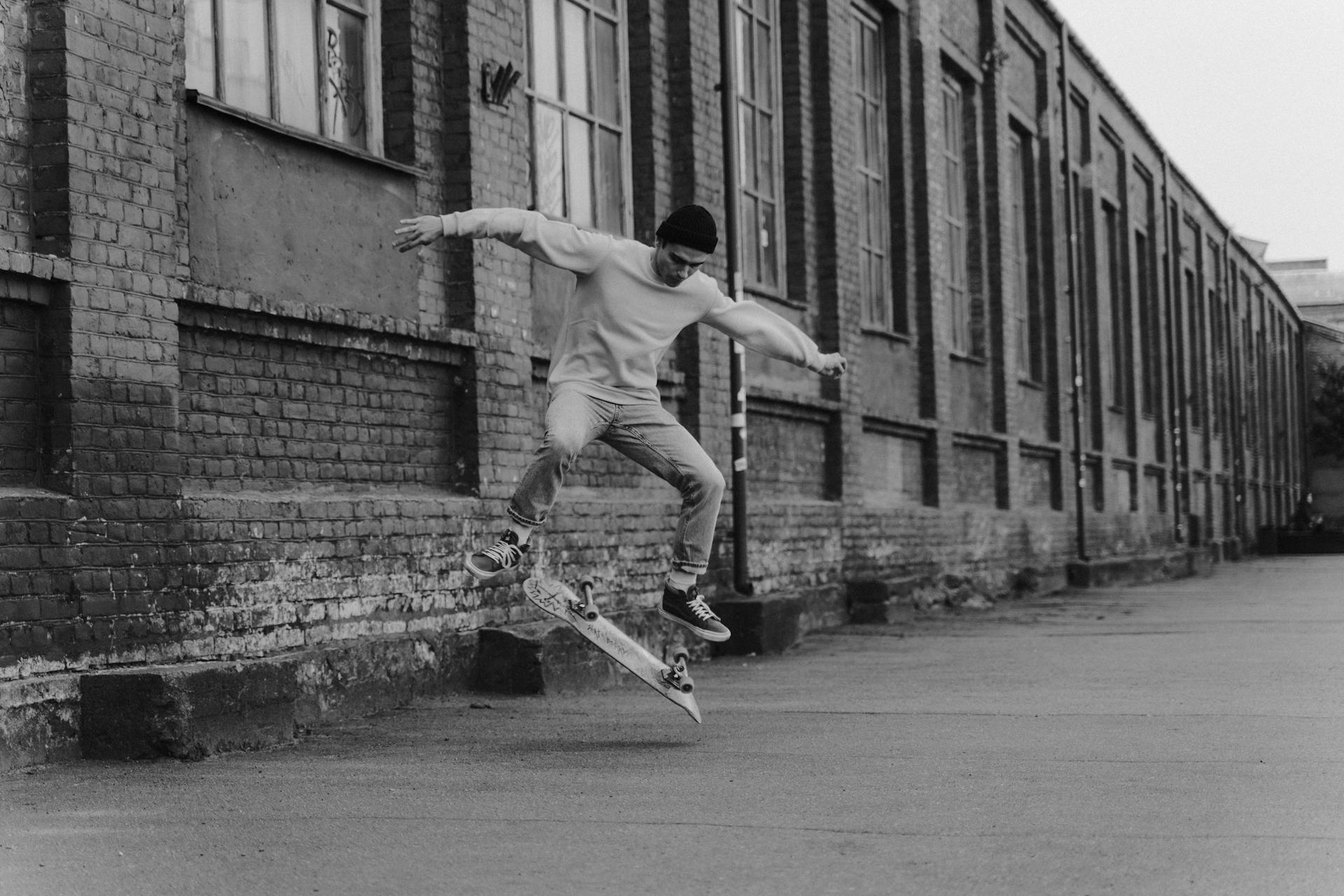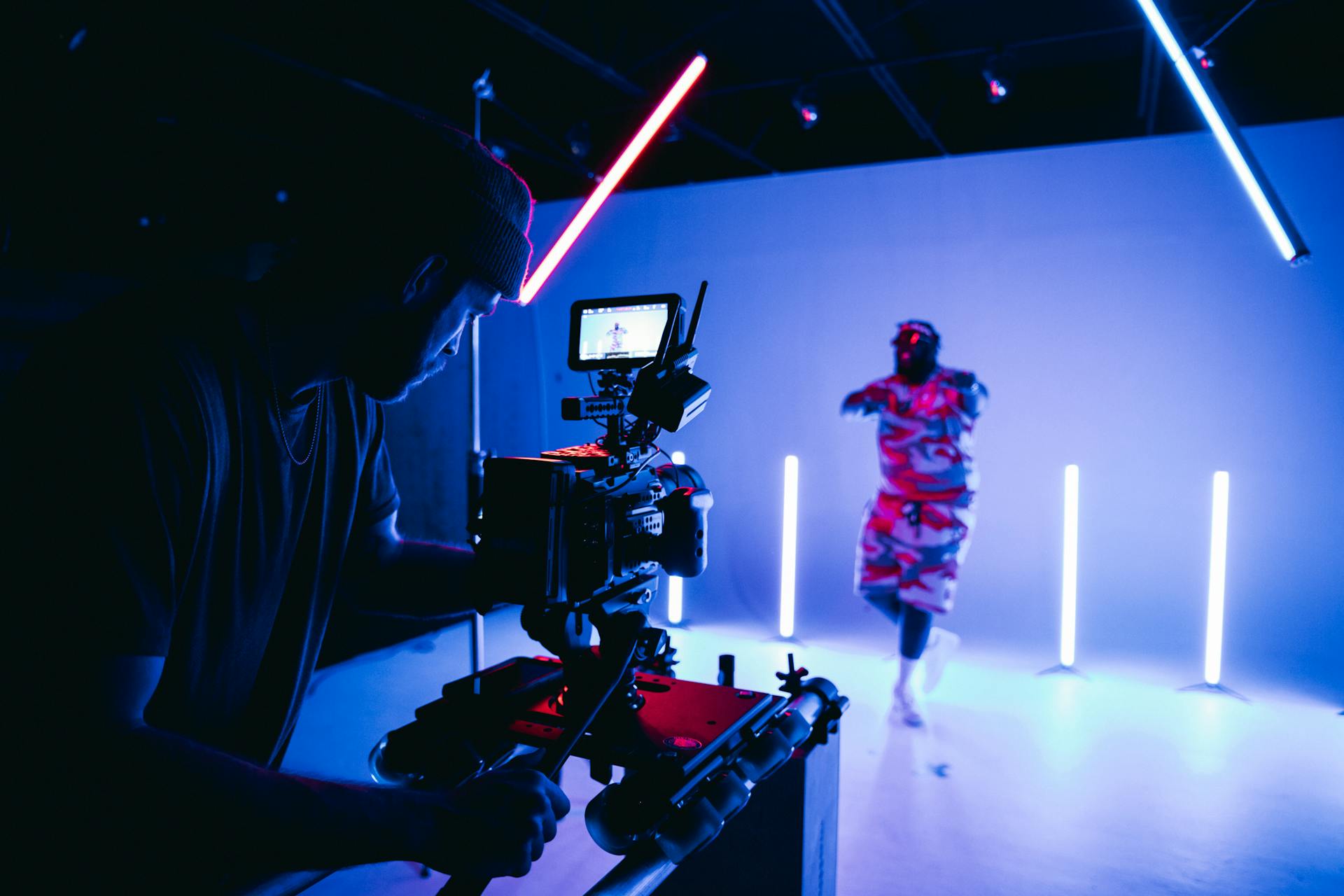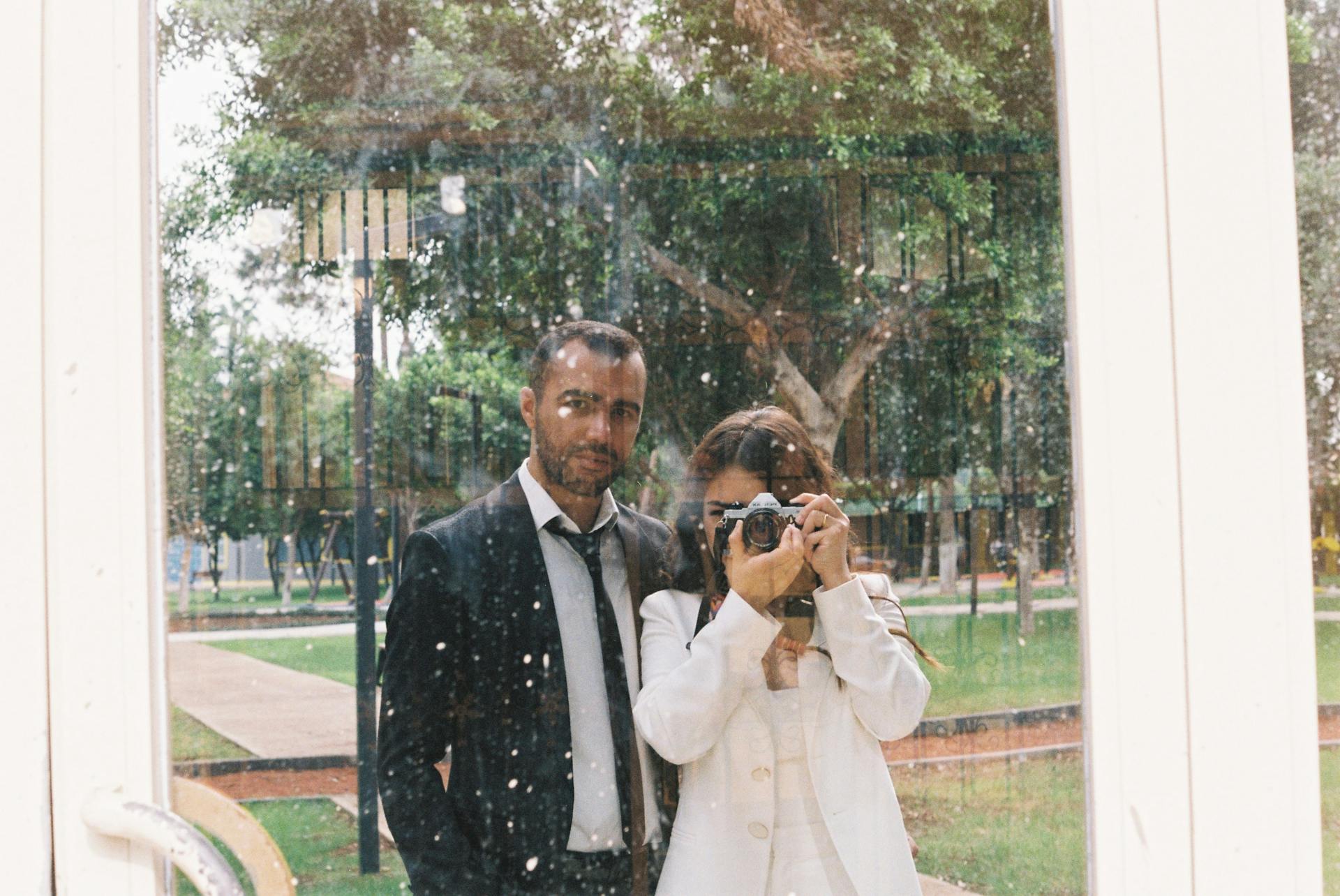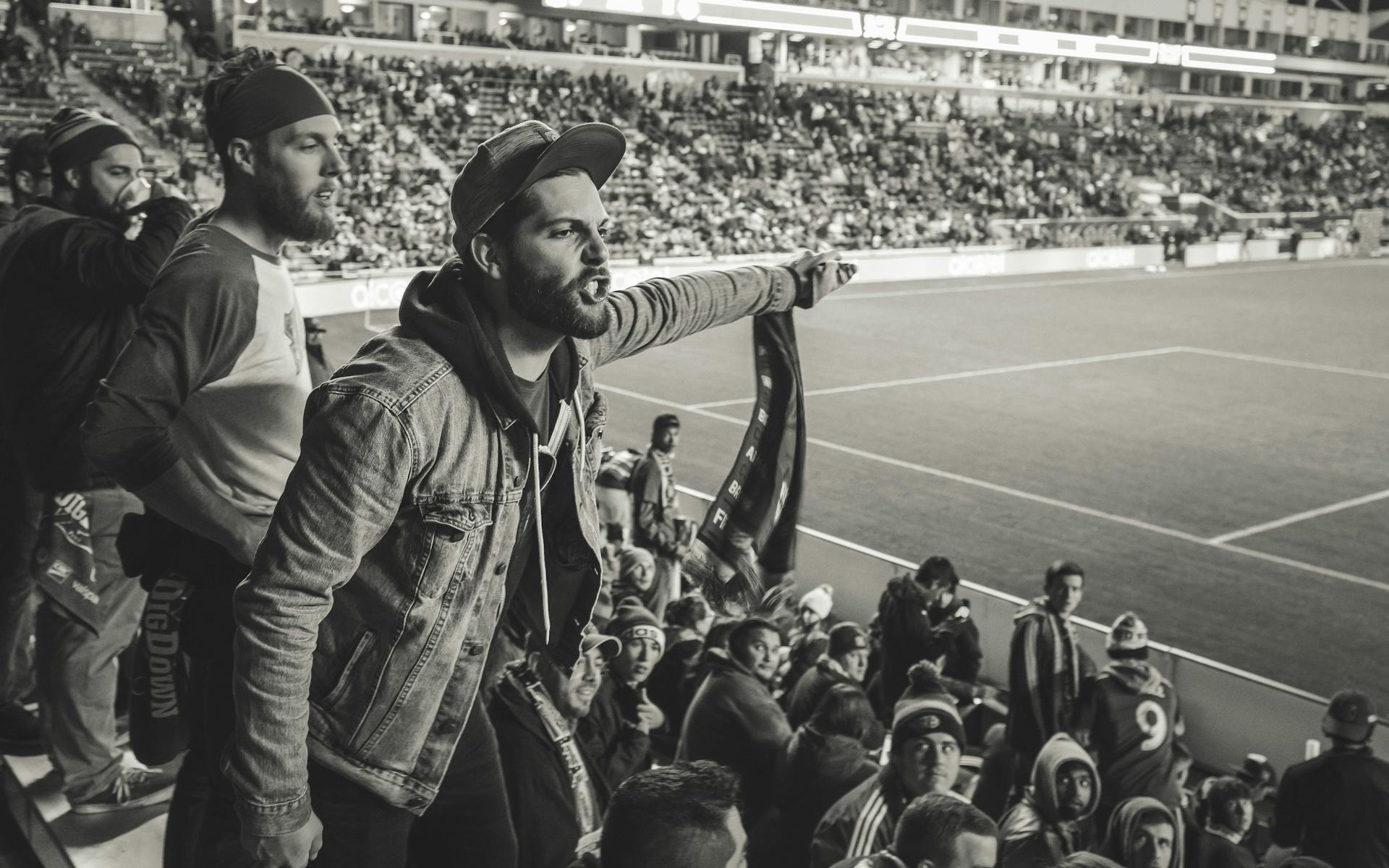
Sports photography is the art of capturing the essence of a game, the excitement of the crowd, and the adrenaline rush of athletes in motion. Whether you are a beginner or a professional photographer, capturing sporting events can be an exhilarating experience. From professional teams to schools teams, sports photography can be both challenging and rewarding.
Ana Mireles, a professional photographer with over 10 years of experience in sports photography, shares her expertise on how to capture stunning photos during sporting games. With her extensive knowledge and passion for professional photography, Ana provides tips and tricks that will help you take your sports photography to the next level. So whether you're shooting for fun or as part of your profession, this guide to sports photography will provide you with valuable insights on how to capture those perfect shots.
If this caught your attention, see: Shutter Speed Sports
Discovering the Art of Sports Photography
Capturing sports through a lens is a stand-alone genre in photography. It takes a special skill set to perfectly capture the action, emotion, and thrill of the game. A sports photographer needs to understand the rules of the game and anticipate the movement of players to get that perfect shot.
Sports photography takes place in a high-paced environment full of excitement, noise, and energy. There are several considerations depending on what sport you are photographing. For example, capturing football requires different techniques than basketball or tennis. Knowing your sport is crucial to capturing those crucial moments.
In this article, you'll find some essential sports photography tips that will help you improve your skills and take your photography to the next level. From understanding lighting and composition to being prepared for any situation, these tips will help you become a better sports photographer and capture those unforgettable moments on camera.
A fresh viewpoint: Food Photography Tips
1. How Do You Become a Sports Photographer?
To become a sports photographer, it's important to start building a strong portfolio. Fortunately, there are many opportunities to do so by attending public sports events and capturing photos of people playing sports or practicing. You can also look for freelance work or submit your photos to stock photography websites like Shutterstock or Getty Images.
The types of photography jobs available in sports can vary and change depending on the season and location. For example, you could cover a marathon one day and then be shooting high school basketball games the next. It's important to browse sports publications and learn what's important for each type of assignment. Look for full projects that showcase your range of skills and demonstrate your ability to handle different types of professional sports photography assignments. With dedication, practice, and a strong body of work, you can turn your passion for photography into a career in the exciting world of sports photography!
Recommended read: Home Photography Idea Powerful Photos
2. How Much Money Does a Sports Photographer Make?
The amount of money a sports photographer makes is variable depending on various factors. According to the labor statistics allocates, the median pay for photographers is around $34,000 per year. However, this figure can change depending on who you work for and what kind of contract you have. For instance, if you are working with a media company or a local sports club, your salary might be different from an NFL photographer.
In an article entitled "How Much Money Do NFL Photographers Make?" by Sportscasting published in 2021, the author mentions that some photographers charge an hourly rate while others work on a flat rate. If you cover an event that lasts for 4-8 hours, you can expect to earn anywhere from $250-$1000 depending on your experience level and the type of sport involved. The end goal is to start earning as much as possible by building up your sports photography business portfolio because experience counts when it comes to getting hired for high profile league events like the NFL.
Enhance Your Sports Photos with Post-Processing Techniques
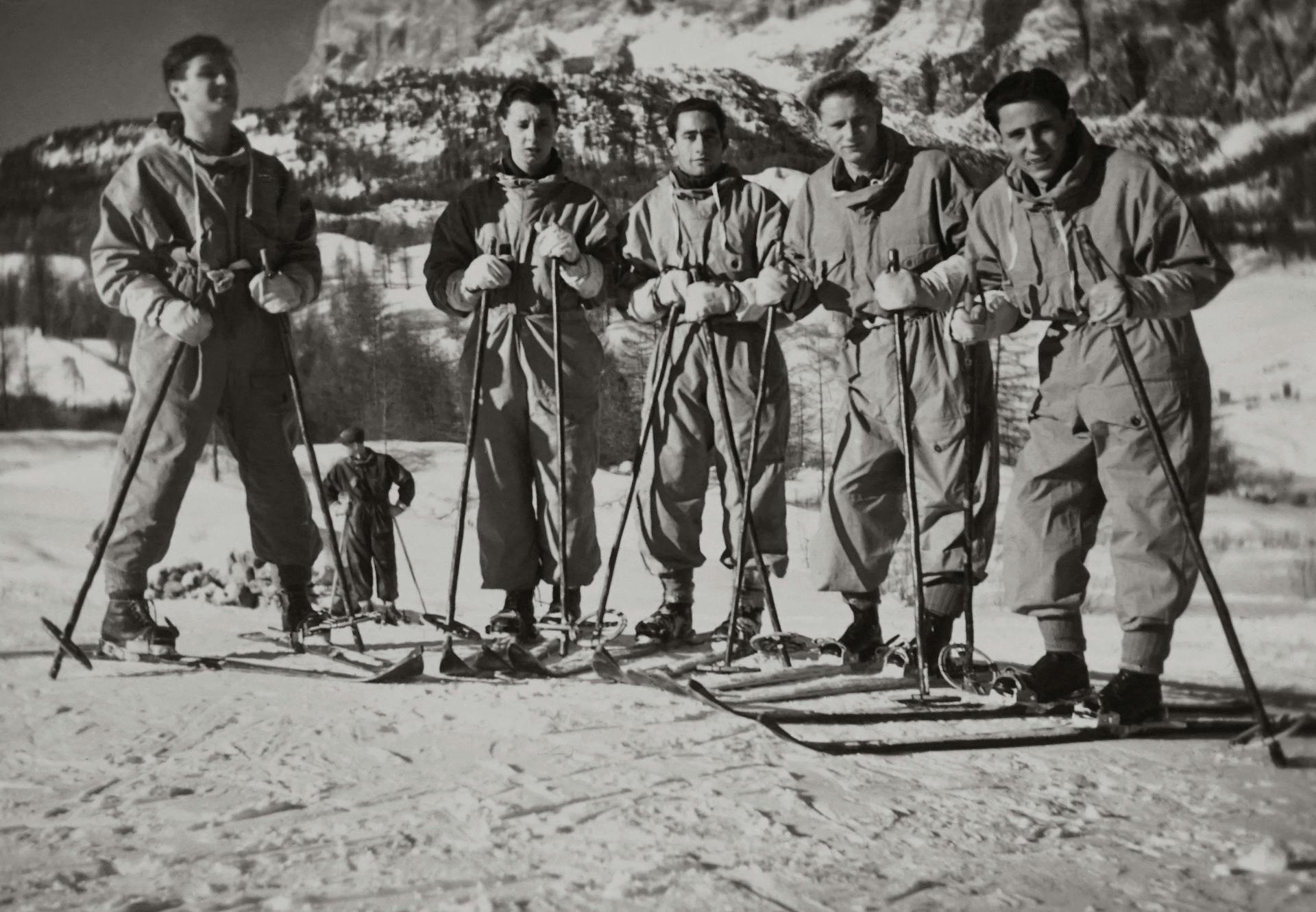
Sports photography is a challenging field that requires hard work and dedication. Capturing the perfect shot can be difficult, but the process doesn't end there. With photo editing software, you'll be able to enhance your sports photography even further. Home post-processing has become increasingly popular, especially for freelance photographers who want to improve their work.
Photo editing software you'll find on the market today can help with color correction, sharpening images, and removing unwanted elements from your shot. The right post-processing techniques can make all the difference in your final product. Don't overlook this important step in the work-making process!
Readers also liked: Photo Ideas Levitation Photography Secrets
1. Lightroom Presets for Sports Photography
Adobe Lightroom is a premier software for photo editing and it comes with preset functions that can enhance sports photography. With its stand-out features, you can create your own personal presets or use existing ones to make your sports images look more professional. In this full article, we will explore the benefits of using sports photography Lightroom presets to create action images giving them the perfect touch.
Lightroom presets are perfect for sports photographers who want to save time on editing while still producing high-quality images. The presets are designed to work specifically with sports photography, making it easier to get the best results without spending hours working on each image. With just a few clicks of a button, you can adjust exposure, color balance and brightness levels to make your images look amazing in no time! Whether you're just starting out in sports photography or you're an experienced professional looking for new ways to enhance your skills, Lightroom presets can help take your photography game to the next level.
2. How to Edit Photos in Adobe Photoshop
If you're interested in sports photography, then Adobe Photoshop is an excellent software choice for photo editing. It's one of the industry's leading editing software and it can handle any manipulation you've got in mind. Don't worry if you're new to the program, there are plenty of tutorials available online that can offer a helping hand.
The editing suite may seem overwhelming at first, but a tutorial breaks down the Photoshop process into easy-to-follow steps. Once you've mastered the basics, you can start exploring more advanced techniques to really make your sports photography stand out. With Adobe Photoshop, the possibilities are endless!
3. How to Batch Edit in Lightroom
Batch editing photos is a great way to save time and streamline your post-processing workflow when working with sports photography. Thankfully, Adobe Lightroom makes this process easy and efficient. With batch editing, you can apply the same adjustments to multiple images at once, which drastically cuts down on post-processing times.
To start batch editing in Lightroom, simply select the group of images you want to edit and go to the Develop module. From there, make any desired adjustments to one image and then click on the "Sync Settings" button. This will allow you to apply those same adjustments to all of the selected images at once.
Overall, batch editing in Lightroom is an essential tool for any sports photographer looking to save time and streamline their workflow. By utilizing this feature, you can spend more time behind the camera capturing great shots and less time stuck behind a computer screen editing them one by one.
Capturing the Action: The Art of Sport Photography
Sports photography is a fast-paced industry that requires skill, dedication, and an eye for detail. Whether you're a freelance photographer or working for a sports photography business, capturing the perfect shot can be challenging but also rewarding. With the rise of digital photographs and stock photo websites working in sports photographys business aspect has become even more competitive.
To start working as a sports photographer, you need a strong portfolio that showcases your skills and experience. You may have to wait on a waiting list; don't expect to jump into it right away. Magazines necessitates different types of photoshoot planning from newspapers; you'll have to be prepared for varied briefs depending on the client's needs. The challenging part is making money out of it, but if you capture the right moment, it could end up on stock photo sites or news organizations require photos.
If you want to pursue sports photography seriously, then getting your foot in the door can be a good place to begin. Newspapers are often looking for photographers who can work quickly and produce high-level images under pressure. While it can be aggravating at times, you'll get used to it and learn how to deal with it. As you gain more experience, you'll soon find yourself being offered more varied work that may take you from shooting football games one day to covering swimming competitions the next.
Keep Your Sports Gear in Top Condition in Cold Weather
Sports photography gear is essential when capturing action-packed photos of athletes, especially during the winter months. With harsh weather conditions, it's important to take some protective equipment check before you begin shooting. Some helpful hints include using a lens stabilizer to reduce camera shake and selecting the right shutter speed for the sport you're firing.
In addition, always make sure your batteries are fully charged, avoid shooting when your battery is low, and keep them warm by carrying them close to your body. Another ideal opportunity to protect your gear is by using an LCD loop protects that shields against scratches and helps minimize glare. By keeping these tips in mind and taking care of your equipment, you can capture amazing shots no matter what the weather brings.
Photographing Sports: Tips and Techniques You Need to Know

Photographing sports can be a difficult task, as there is often a tense atmosphere with photographers stomping around trying to get the best shot. However, with practice time you'll develop the spidey skills needed to capture those priceless moments. One important tip is to shoot quickly, as sports photography often involves fast-moving subjects and time space is limited.
Despite the challenges, sports photography can be a fantastic experience. With the right techniques and equipment, you can capture stunning shots of your favorite athletes in action. Importantly, freedom of movement is key - don't be afraid to run left or right to find the perfect angle. Just remember not to get too caught up in getting every shot - sometimes it's better to sit back and enjoy the moment. So grab your camera and get ready for an adrenaline-fueled adventure in sports photography!
Capture the Action: Become a Sports Photographer
Sports photography is all about creating distinct images that capture the essence of sporting activities. As a sports photographer, you will be responsible for recording light and capturing high-quality images at sporting events. This field is an exciting one and offers a wide range of opportunities in photography landscape sports travel tourism wildlife fashion documentary photography.
Becoming a skilled professional sports photographer requires training programs and dedication to honing your skills. As a freelance photographer covering sporting events, you will need to have knowledge of the sport you are photographing, as well as the ability to edit high-quality photographs. With -8300 job openings projected in the United States and -6 percent resulting from 2019-2029, this field has immense potential.
As a sports photographer, you will capture moments that become iconic images in history. Whether it's capturing the joy of an athlete's victory or the disappointment of defeat, these photographs tell stories that resonate with people around the world. So if you love sports and have an eye for detail, becoming a sports photographer could be your dream job!
Capture Every Sports Moment with the Right Camera Gear
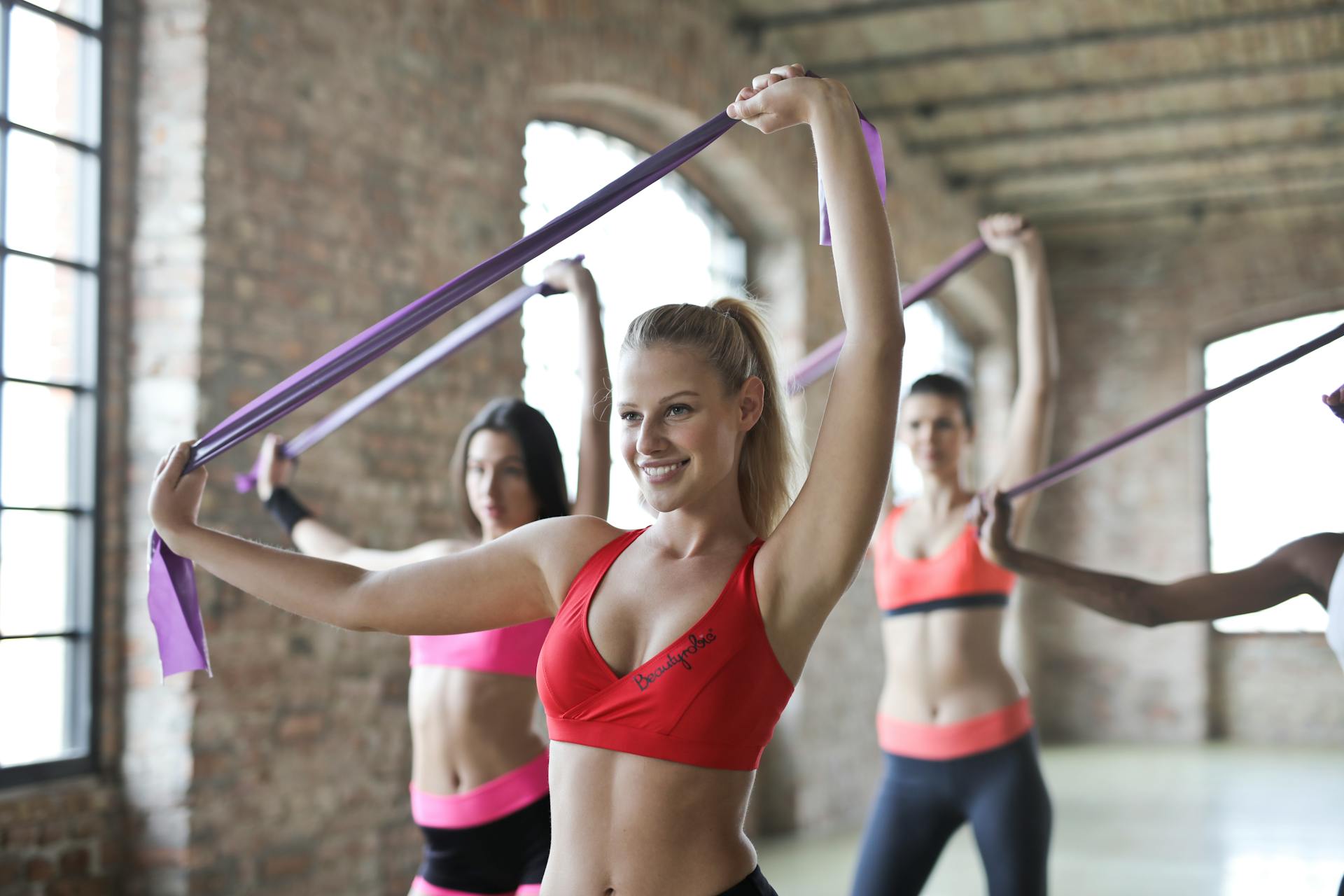
Capturing that perfect sports moment is not an easy task. Sports photography requires the right gear to get those blink-and-you-miss-it moments. As a sports photographer, you need to have the right camera and accessories to capture fast-moving subjects in a sporting event. This means you'll need a camera that has a fast shutter speed and burst mode.
The most important piece of sports photography gear is your camera. Your camera should be able to keep up with the action, so having a fast shutter speed and burst mode is essential. Along with your camera, your sports photographers kitbag should also include lenses with excellent magnification abilities like telephoto lenses. These types of lenses allow you to get close-up shots of athletes from far away.
Other common accessories that should be included in your sports photographers kitbag are tripods for stability and extra memory cards for storage. A tripod can help you steady your shot, while extra memory cards will ensure that you don't miss out on any critical moments due to lack of storage space. In conclusion, capturing every sports moment requires more than just talent; it requires proper equipment and preparation. Investing in the right gear can make all the difference in achieving stunning sports photography results!
1. The Best Cameras for Sports Photography
When it comes to shooting sports photography, there are unique requirements that need to be considered. Sports photography is all about capturing the action as it happens, with athletes moving quickly and unpredictably. This means that fast shutter speed is a must to avoid motion blur and capture sharp images. Professional photographers often use DSLR cameras for their reliability and ability to produce excellent quality images. They also have burst mode, which allows for fast continuous shooting speed, making it easier to shoot time-sensitive moments such as a boot hitting a ball or a glove hitting a face.
In recent years, mirrorless cameras have become increasingly popular among sports photographers due to their electronic shutter and silent shooting capabilities. They also have faster burst speeds than some DSLRs, making them beneficial features for any sports photographer looking for an edge. Whether you choose a DSLR or mirrorless camera, it's important to consider the fast burst lets you shoot moments that are often over in an instant in sports photography. Ultimately, the best camera for sports photography will depend on the individual needs of each photographer and what they prioritize in terms of image quality and beneficial features.
2. Best Lenses for Sports Photography
Sports photography requires specialized lenses that can capture the fast-paced action of sporting events. Lenses photographers often use for sports photography are telephoto lenses, which have excellent magnification and allow tight shots from designated areas without getting too close to the action. Zoom lenses are also popular among sports photographers because they offer versatility in focal length, so you don't have to waste time changing lenses during a game.
For sports photographers who want to produce excellent quality images, prime lenses are a great option. These lenses have a fixed focal length and can be faster than zoom lenses, meaning they allow more light to come in and produce sharper images with less noise. If you're close enough to the action, fisheye lenses can also be a fun choice for sports photography. Surf photographers, for example, often use fisheye lenses to capture dramatic shots of surfers riding waves. Whatever type of lens you choose, understanding how different lenses work will help you capture that perfect sports photography click.
3. Best Tripods and Monopods
When it comes to sports photography, having a stable platform is crucial to capturing those action-packed moments. While tripods are often the go-to choice for many photographers, fatigue can set in after holding them for long periods of time at live sporting events. This is where monopods give you an advantage! They offer a stable platform while allowing you to move around and follow the action without feeling weighed down. Plus, they can be easily adjusted to fit your height and camera settings.
If you're staying in one spot for a longer time, however, tripods are still a great option. They allow for more exposure options by keeping your camera steady with iso low and faster shutter speed or smaller aperture settings. Sports photographers know that their equipment needs to keep up with their fast-paced environment that involves moving around quickly and capturing shots on the fly. With the right tripod or monopod, you can ensure that your camera stays in place while you capture all the action!
4. Sports Photography Equipment Essentials
Sports photography requires the correct equipment to capture fantastic photos of athletes in action. The camera body is essential, but so is having spare SD cards and external storage for those long days covering sporting events. It's also important to have a camera bag to keep your gear dry when conditions change, or if the weather turns bad you'll need extra time to get your gear dry before using it again. Expecting the unexpected is key, so having all the essential gear will ensure you don't miss any important moments during sports photography.
5. How to Care For Your Equipment In The Cold
If you're a sports photographer who loves shooting winter sporting events, you'll need to know how to care for your camera equipment in cold weather. First of all, invest in a unique set of gear that can handle below-freezing temperatures. Reputable manufacturers like Canon, Nikon, and Sony make excellent cameras and lenses designed for cold weather shooting. These high-grade machines will have features such as weather sealing and moisture resistance to help protect against the elements.
Secondly, be mindful of your battery life as temperature drops can cause it to drain faster than normal. Keep a spare battery on hand and keep it warm by keeping it close to your body or using hand warmers. Additionally, avoid exposing your camera equipment to sudden temperature changes by keeping it in a bag or case when not in use. By taking these precautions, you can ensure that your camera equipment will perform at its best even in the coldest of conditions.
Mastering the Art of Sports Photography: Tips and Techniques
Taking sports photos can be a real nuisance, especially when you're trying to capture a fast-moving subject. However, with the right techniques and equipment, sports photography can have a significant impact on your portfolio. To start, it’s important to choose the right camera that can handle continuous focus settings such as the Canon AI Servo AF setting. This will allow you to keep your subject sharp and in focus even as they move.
Once you've got your camera sorted, it's time to work on framing your shots. Always be aware of the surrounding area and try to incorporate it into the shot for context. A fantastic frame can really add depth and drama to your photos. With these tips in mind, it is possible for anyone to master the art of sports photography and take stunning action shots that capture all the excitement of the game!
Crafting an Athletic Sequence to Amp Up Your Workout Routine
Capturing an action sequence of your workout routine can add excitement and motivation to your fitness journey. Rather than a static image, an action sequence can show movement and exhibit multiple tricks in one unique technique. It's a good idea to demonstrate sports such as skiing, snowboarding, or even yoga poses in sequences burst mode.
Using this technique can capture a large number of images in a short period, allowing you to select the best photos for your portfolio. Whether you're doing flips on a trampoline or practicing handstands, incorporating an athletic sequence into your workout routine can add a new level of intensity and creativity. So grab your camera or phone and start crafting your own action sequences today!
Why Photo-Mechanic is Crucial for Your Photography Success
Photo-Mechanic is a photojournalist-oriented program that is essential for sports photographers. This platform emphasizes speed and efficiency, so you can focus on capturing the perfect shot while Photo-Mechanic handles the rest. When you're shooting fast-paced action, time is of the essence, and Photo-Mechanic swiftly loads screen previews allowing you to edit quickly.
If you're submitting your photos to a news agency or magazine, you'll need to provide essential information about each image. With Photo-Mechanic, metadata synchronization ensures that all relevant data is stored with each photo. This saves time and hassle later when organizing and searching through a large number of images.
Lastly, when it comes time to choose which stunning photo to upload and edit, Photo-Mechanic makes the process simple. The auto-processes make editing easy and efficient, so you can quickly select your best shots and get them ready for publication. In conclusion, using Photo-Mechanic is crucial for your photography success in sports photography because it streamlines your workflow and helps ensure that your work stands out as high-quality content.
Frequently Asked Questions
How do you become action sports photographer?
To become an action sports photographer, you need to start by building a strong portfolio of work and networking with athletes and industry professionals. It's also important to have a good understanding of the technical aspects of photography and be willing to constantly learn and adapt to new trends and technologies in the industry.
How do I take amazing sports photos?
To take amazing sports photos, use a fast shutter speed to freeze the action, focus on capturing emotions and moments instead of just the game, and experiment with different angles and compositions to add interest to your shots. Practice and patience are key to improving your skills.
Should you learn sports photography before you start?
It's not necessary to learn sports photography before you start, but it can be helpful for improving your skills and knowledge. Practice and experimentation are key to becoming a successful sports photographer.
How to get started in sports photography?
To get started in sports photography, invest in a good camera and lens, familiarize yourself with the sport you'll be shooting, and practice capturing action shots in different lighting conditions. Consider attending local games or events to build your portfolio and network with athletes, coaches, and other photographers.
What should I look for in a sports camera?
When looking for a sports camera, consider features like durability, waterproofing, image stabilization, and high resolution video capabilities to capture all the action.
Featured Images: pexels.com
